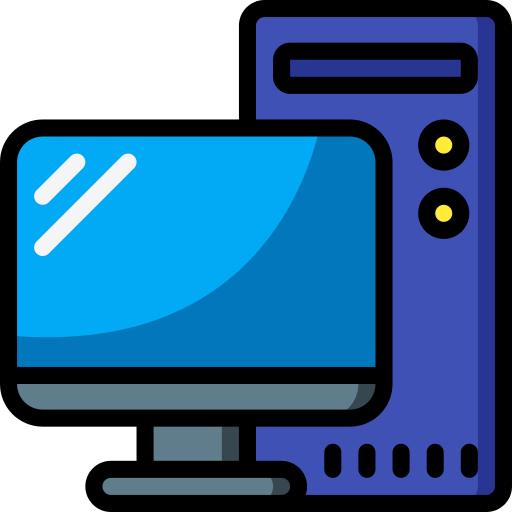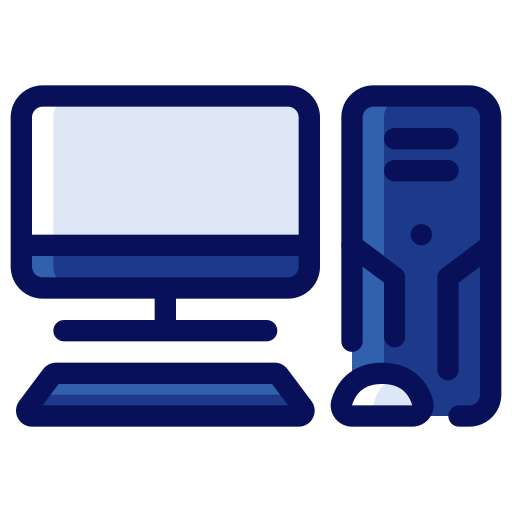

We really need to get past the 1080p barrier. AFAICS there is one economical KVM solution for that, and several costly enterprise kits. Surely the actual hardware cost/difference per-unit would be quite small now?


We really need to get past the 1080p barrier. AFAICS there is one economical KVM solution for that, and several costly enterprise kits. Surely the actual hardware cost/difference per-unit would be quite small now?


It looks like the top of a barcode scanner, or 3/4 of a spaceship.


To assume that a GPT is right is to assume everything on the internet is right, as from that it arose.


TrueNAS scale helps a lot, as it makes many popular apps just a few clicks away. Or for more power-users, stuff like the linux cockpit also really helps.
To directly answer your questions…


How can Germany be so cool and scary at the same time?
What’s this? The datahand has been reborn?!?


I wonder if we have reached a plateau, much like the PC era of “good enough computing”.


IIRC, they have been bought out in the last decade.


Zim.


Assuming your old router might survive as an access point, maybe consider a Protectli FW2B? https://protectli.com/product-comparison/


0: “i don’t care about my data.”
1: “i REALLY care about my data”
5: “i’ll trade you one drive now, for my data if one of the drives dies later”


Very freedom-respecting. Probably the only consumer NAS vendor with instructions on how to install linux (bare-metal) on the official wiki. Their x86 boxen are 90% normal pc… with the remaining 10% being a bit nuisance.


Yea! Fake summaries of fake reviews!
Because sometimes I would rather things be slow than blurry, and my workstation monitor is >1080p.